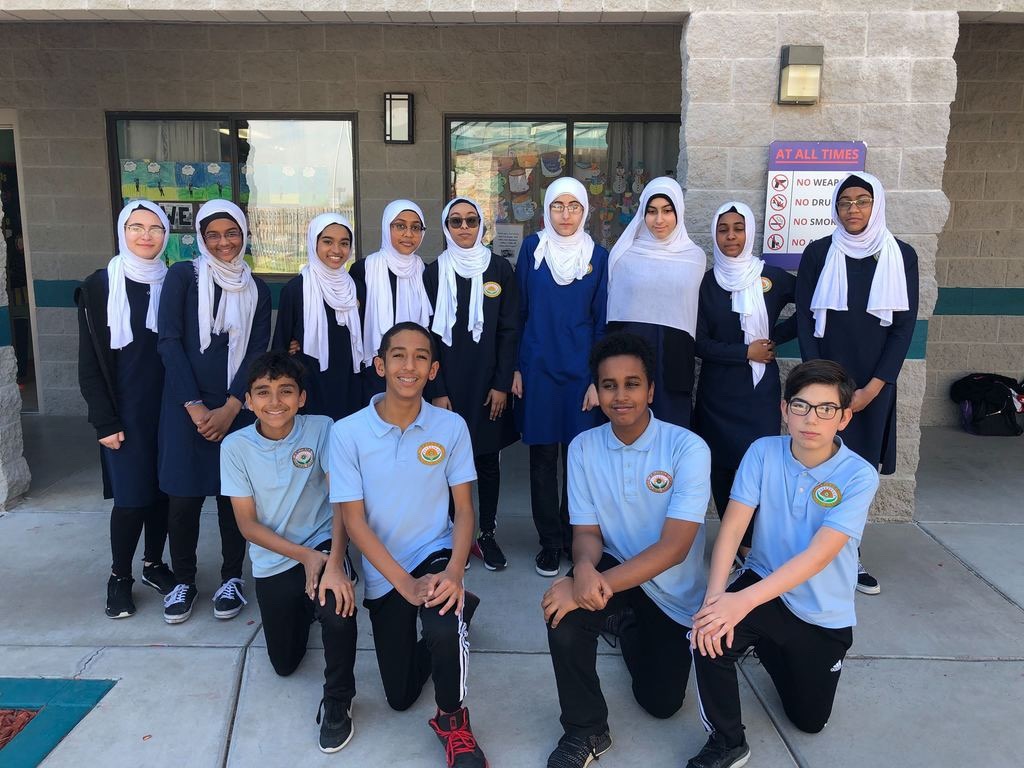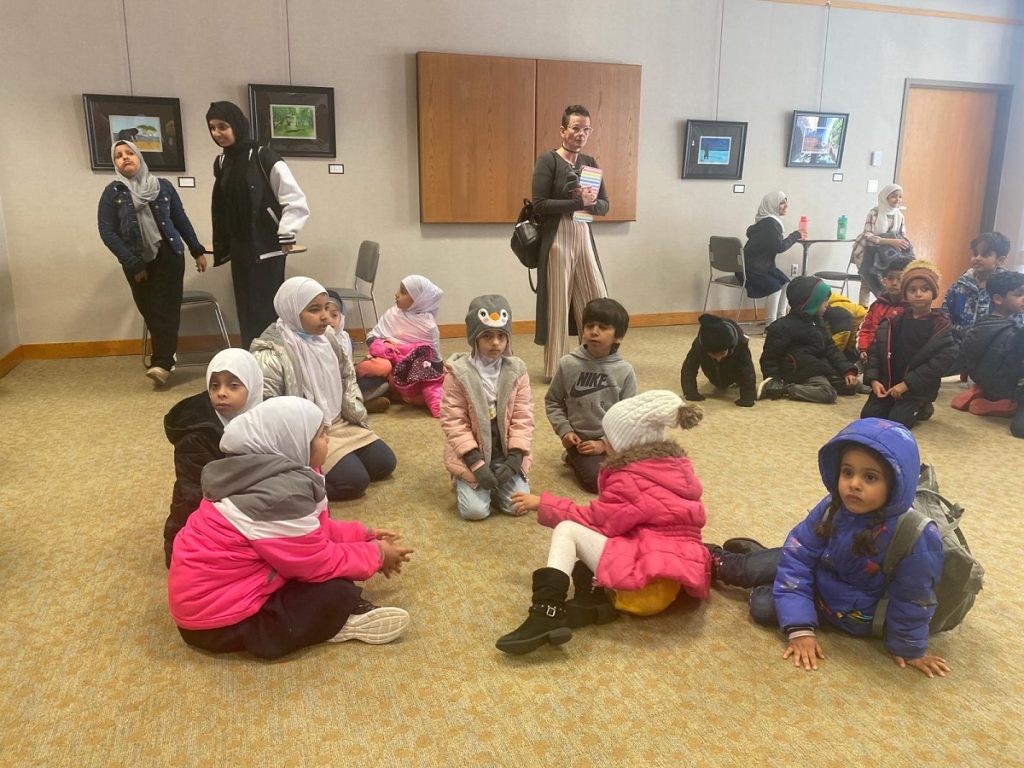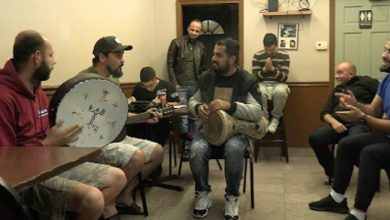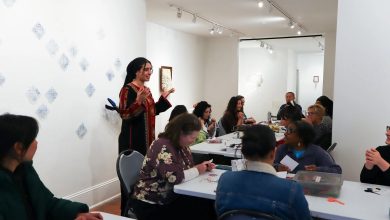How To Teach Quranic Arabic To Muslim Students in the United States
Practical Strategies to Connect Young Muslims with the Language of the Qur’an in a Western Learning Environment.

Teaching Quranic Arabic to Muslim students in the United States is a vital educational and spiritual mission. It bridges linguistic understanding with faith, helping young Muslims connect with the Qur’an beyond translation. However, the process requires sensitivity to both Islamic tradition and Western educational realities. In a multicultural society, teaching Quranic Arabic must be structured, accessible, and inspiring for students growing up in a non-Arabic environment.
1. Understanding the Context of Muslim Education in the U.S.
Muslim communities in the United States are diverse — including Arabs, South Asians, Africans, and converts. Many students attend weekend Islamic schools (madrasas), while others learn through online or private lessons. Teachers must recognize that for most, Arabic is a second or even third language, which means lessons should integrate linguistic basics with Qur’anic literacy rather than assuming prior fluency.
Key Principle: Start with cultural empathy — understand the student’s linguistic background, school environment, and family expectations.

2. The Dual Goal: Language Mastery and Spiritual Connection
Unlike modern Arabic courses, Quranic Arabic focuses on classical vocabulary, grammatical patterns, and rhetorical features specific to the Qur’an. Teachers must balance two goals:
-
Language comprehension: mastering root-based vocabulary, verb conjugations, and syntax (nahw and sarf).
-
Spiritual understanding: guiding students to appreciate the Qur’an’s eloquence and divine message.
Combining linguistic study with tafsir (interpretation) sessions helps learners grasp both the meaning and beauty of the Qur’an.
3. Effective Teaching Strategies
a. Start with Core Vocabulary and Root System
Focus on the most frequently used Qur’anic roots — words like rahmah (mercy), iman (faith), sabr (patience). Teaching root-based learning helps students decode multiple related words in the Qur’an.
b. Use Interactive Digital Tools
Leverage modern tools such as Quranic Arabic Corpus, Bayyinah TV, or ArabicPod101. Gamified apps and visual charts keep young learners engaged while reinforcing grammar and vocabulary.
c. Apply Contextual Learning
When teaching verses, explain linguistic structure alongside meaning. For example, analyze “Bismillah al-Rahman al-Rahim” word-by-word, showing grammar, root, and spiritual nuance.

d. Encourage Group Recitation and Reflection
After understanding a verse, encourage students to recite and reflect together. This strengthens pronunciation, comprehension, and community spirit.
e. Integrate Modern Pedagogy
Use scaffolding, visual aids, storytelling, and student-centered learning methods familiar in U.S. classrooms. Combining traditional Islamic education with modern teaching strategies ensures effectiveness and inclusivity.
4. The Role of Teachers and Parents
Teachers serve as role models — blending scholarship with compassion. Parental involvement enhances consistency at home: reviewing vocabulary, encouraging Qur’an reading, and modeling love for the Arabic language.
Tip: Create weekly “Qur’anic Arabic Circles” where families participate in simple discussions to strengthen the bond between language and faith.
5. Building a Lifelong Relationship with the Qur’an
The ultimate goal is not only to translate but to internalize the Qur’an’s message. A student who learns Quranic Arabic develops spiritual depth, intellectual curiosity, and pride in their Islamic identity. By making the learning process joyful, interactive, and spiritually grounded, teachers in the United States can nurture a generation that reads the Qur’an with understanding and love.

Conclusion
Teaching Quranic Arabic in the United States demands both pedagogical skill and spiritual insight. By blending linguistic rigor with cultural awareness, educators can help Muslim students unlock the timeless wisdom of the Qur’an — not as distant readers, but as active participants in its living message.



